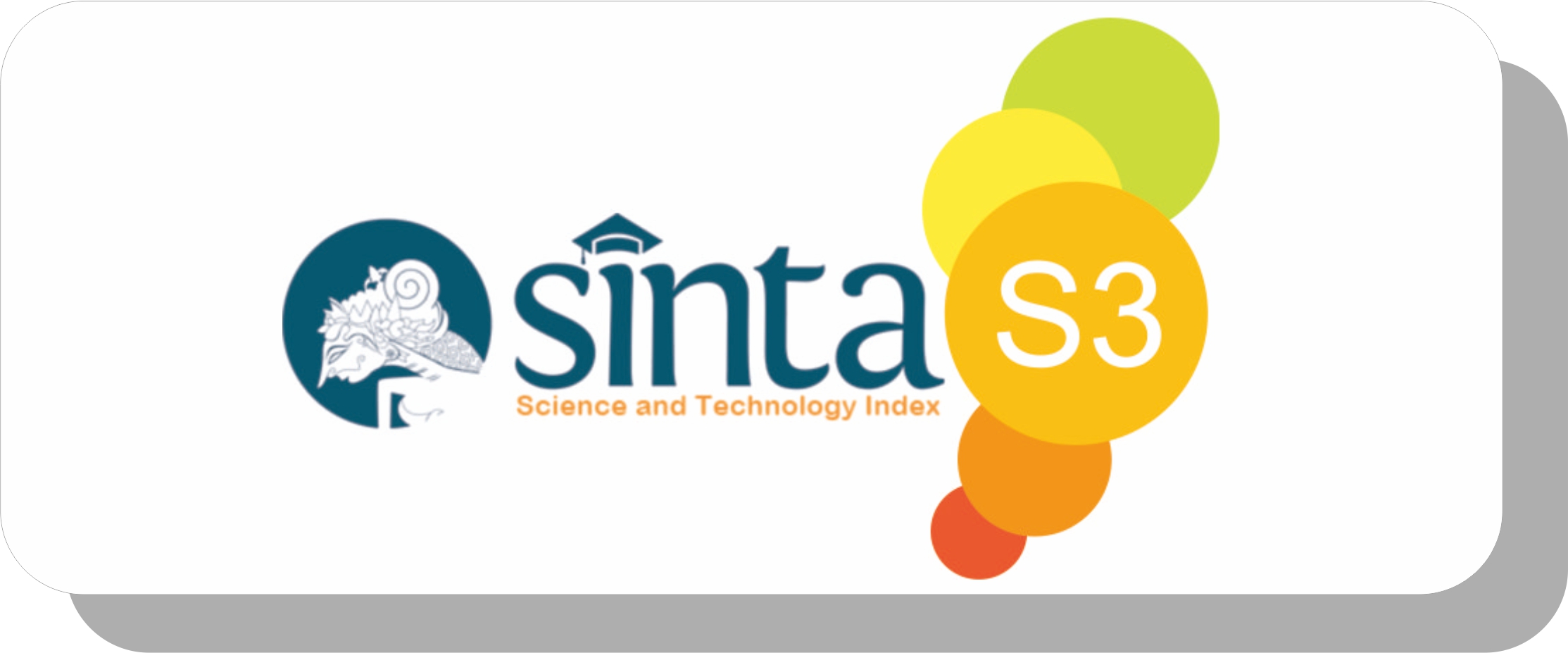Efektivitas Multi-bi Aid pada Greater Mekong Sub-region (GMS) Triangle Project
DOI:
https://doi.org/10.22219/sospol.v4i2.5910Keywords:
Foreign Aid, GMS Triangle Project, Migration, Multi-bi AidAbstract
The existences of geographical factors, push factors and pull factors generated the intensity of migration in Greater Mekong Sub-Region (GMS). The region which consists of Cambodia, Lao PDR, Myanmar, Thailand, Vietnam, and part of China’s territory had various problems in the migration process. A predominant problem of migration is rendered by the absence of law framework. Therefore, there were a practically illegal migrant and human trafficking. This research will explain the assistance to recover migration’s problems in GMS given by Australian Government (cooperated with ILO). The type of assistance is categorized as multi-bi aid which is the assistance given by the bilateral donor to a multilateral institution. The assistance was released in the form of a project named GMS Triangle Project with the aim of creating migrant protection in GMS. To analyze the implementation of that project, the author uses the concept of multi-bi aid and review effectiveness through the concept of aid effectiveness proposed by Paris Agreement including ownership, alignment, harmonisation, managing for a result, and Mutual Accountability. The result of this study describes how multi-bi aid methods are embodied in a form of project and effectiveness are different for each receiving state in GMS.
Downloads
References
Buku
MMN & AMC. (2013). Migration in The Greater Mekong Subregion Resource Book. Chiang Mai: Mekong Migration Network & Asian Migrant Center.
Jurnal& Artikel
Gulrajani, N. (2014). Organizing for donor effectiveness: an analytical framework for improving aid effectiveness. Development Policy Review.
Gulrajani, N. (2016). Bilateral versus multilateral aid channels: Strategic choices for donors. ODI.
Reinsberg, B. (2015). The implications of multi-bi financing on multilateral agencies: The example of the World Bank. Center for Comparative and International Studies.
Reinsberg, B. (2017). five steps to smarter multi-bi aid, A new way forward for earmarked finance. Overseas Development Institute.
Laporan
Asian Development Bank. (2013). Facilitating Safe Labor Migration in The Greater Mekong Subregion. Philippines: Asian Development Bank.
DFAT. (2015). ILO Evaluation. Department of International Affair and Trade.
ILO. (2013). Evaluation Summary Tripartite Action to Protect Migrants within and from the GMS from Labour Exploitation (TRIANGLE) project. ILO.
ILO. (2013). GMS TRIANGLE: Working With Trade Unions to Protect Migrant Workers. ILO.
ILO. (2011). TRIANGLE Project Update: December 2011. ILO.
ILO. (2014). GMS TRIANGLE Project Update: April 2014. ILO.
ILO. (2014). GMS TRIANGLE Project Update: Juni 2014. ILO.
ILO. (2015). GMS Triangle Project Update: January 2015. ILO.
ILO. (2015). GMS TRIANGLE Project Update: October 2015. International Labour Organizations.
Website
ADB. (2018). Glossary Definition. Retrieved from Asia Bonds Online: https://asianbondsonline.adb.org/regional/guides/definition.php?term=Prakas diakses pada 1 Agustus 2018.
Downloads
Published
How to Cite
Issue
Section
License
Authors who publish with this journal agree to the following terms:
- Authors retain copyright and grant the journal right of first publication with the work simultaneously licensed under a Creative Commons Attribution-ShareAlike 4.0 International License that allows others to share the work with an acknowledgement of the work's authorship and initial publication in this journal.
- Authors are able to enter into separate, additional contractual arrangements for the non-exclusive distribution of the journal's published version of the work (e.g., post it to an institutional repository or publish it in a book), with an acknowledgement of its initial publication in this journal.
- Authors are permitted and encouraged to post their work online (e.g., in institutional repositories or on their website) prior to and during the submission process, as it can lead to productive exchanges, as well as earlier and greater citation of published work (See The Effect of Open Access).

This work is licensed under a Creative Commons Attribution-ShareAlike 4.0 International License.



















